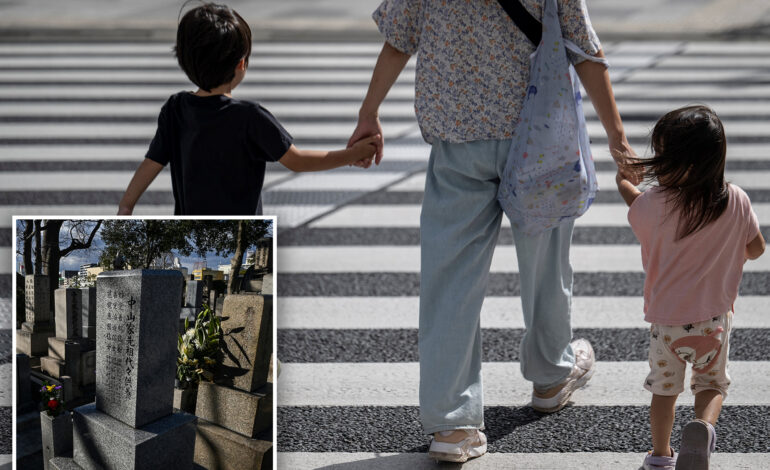Japan Faces Population Crisis with Nearly 1 Million More Deaths than Births

Japan’s demographic crisis deepened in 2024, with nearly 1 million more deaths than births, marking the largest single-year population decline since government records began almost sixty years ago. According to data released by the Ministry of Internal Affairs and Communications on March 6, 2024, the country’s population fell to approximately 120 million, down from its peak of about 126.6 million in 2009.
The statistics revealed a troubling trend: only 687,689 births were recorded in 2024, the lowest figure since 1968. In stark contrast, the number of deaths soared to 1.6 million, underscoring the severe challenges facing Japan as it grapples with an aging population and declining birth rates.
Government Response to Declining Birth Rates
In response to the alarming natality crisis, Japan’s government has implemented family-oriented policies. These include initiatives aimed at providing free childcare, enhancing access to healthcare, and promoting shorter work weeks. The intention behind these measures is to alleviate some of the pressures on young families, thereby encouraging higher birth rates.
Despite these efforts, the birth rate continues to decline. Concurrently, the number of foreign residents in Japan has risen significantly, increasing by 10% in 2024 to reach 3.6 million. While this influx of foreigners could provide some relief to the labor shortage, it has also led to heightened reports of xenophobia and discrimination against newcomers.
The demographic landscape is further complicated by the fact that about 30% of Japan’s population is elderly, while the working-age population, defined as those aged 16 to 64, constitutes only 59% of the total population. This figure is notably six points lower than the global average, as reported by the Organization for Economic Co-operation and Development (OECD). Projections indicate that between 2023 and 2060, the working-age population could diminish by 31%.
Long-Term Projections and Solutions
Despite various government initiatives, experts agree that there is no quick fix to Japan’s declining birth rates. The government has acknowledged that immigration may be a crucial part of the solution. Models last updated in 2023 suggest that Japan’s population could decrease by 30% by 2070, although this decline is expected to slow slightly due to increased international migration.
In a bid to address the issue of matching singles for potential partnerships, the Japanese government announced plans to invest in artificial intelligence matchmaking systems. This initiative aims to foster relationships and, consequently, boost the birth rate.
As Japan navigates this complex crisis, the interplay of an aging population, low birth rates, and increasing immigration presents unique challenges. The long-term impact on the society and economy remains to be seen, but the government’s proactive measures indicate an awareness of the urgent need for change in these critical areas.






